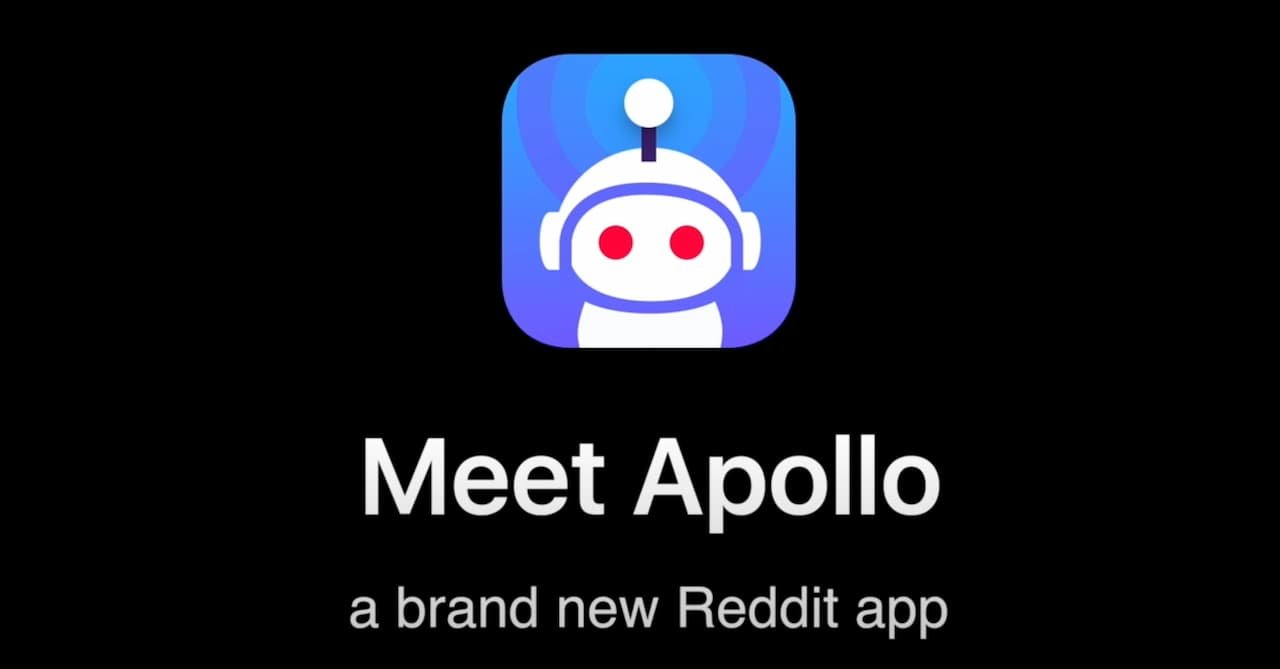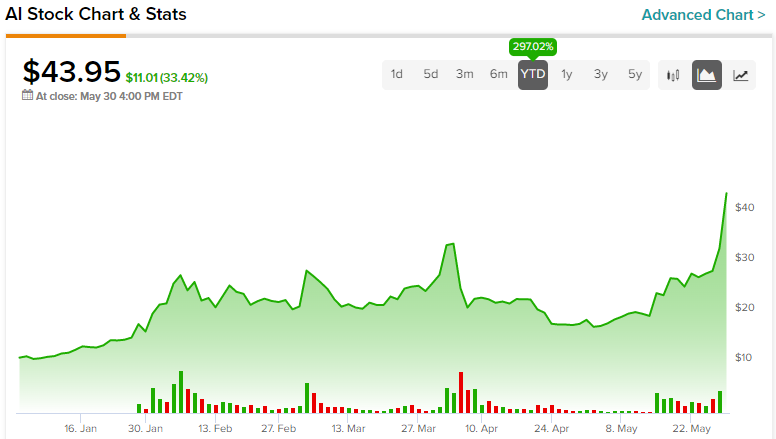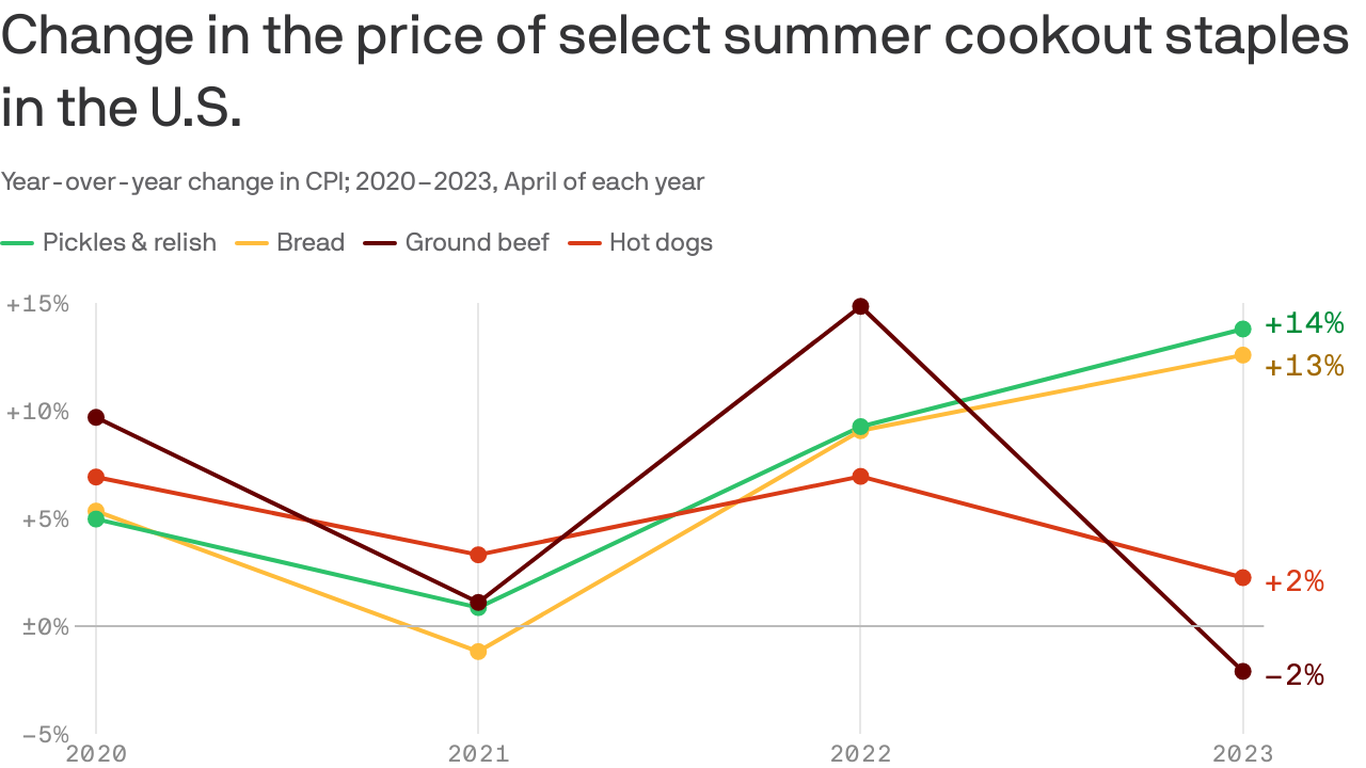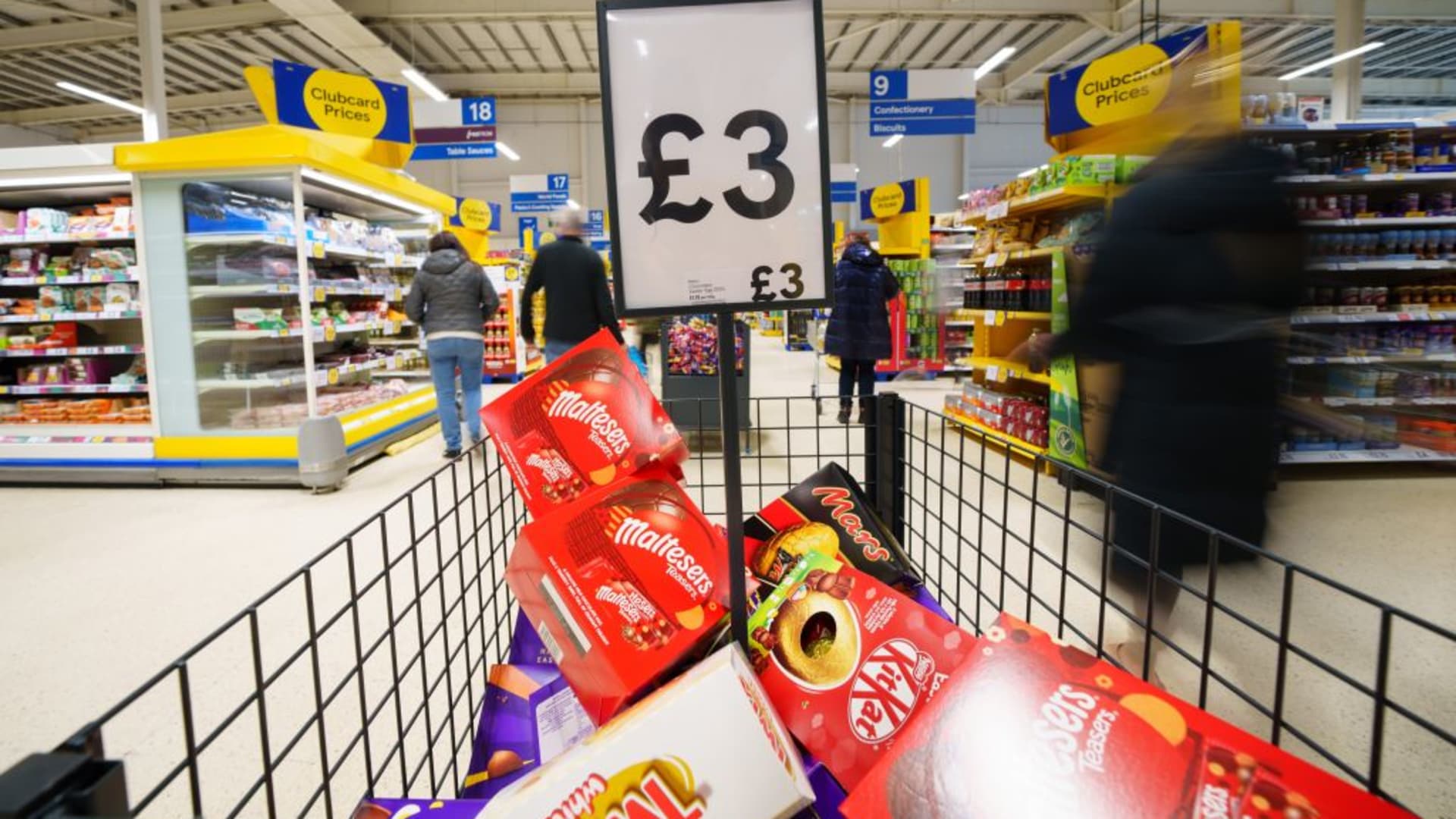Early in 2023, Reddit announced that it would begin charging for access to its API, and that price may kill off Apollo, the best client app out there.
Christian Selig, a former Apple employee, built Apollo years ago and it has become one of the most popular third-party Reddit apps on the market. Reddit's pricing for access to its APIs may box the developer out entirely, which may mean the end of the popular client.
According to Christian, he spoke with Reddit several different times regarding the price, and ultimately determined that Apollo would have to pay Reddit $20 million per year to keep functioning as it is today. He breaks things down further, saying Apollo made 7 billion requests during the course of April, and that would break down to around $1.7 million per month.
Christian notes when Reddit announced the pricing for API access, it said the price would be "reasonable and based in reality," and that Reddit would "not operate like Twitter." The developer pointed out that another site, Imgur, costs just $166 for the same 50 million API calls.
He goes even further, saying:
"As for the pricing, despite claims that it would be based in reality, it seems anything but. Less than 2 years ago they said they crossed $100M in quarterly revenue for the first time ever, if we assume despite the economic downturn that they've managed to do that every single quarter now, and for your best quarter, you've doubled it to $200M.Let's also be generous and go far, far above industry estimates and say you made another $50M in Reddit Premium subscriptions. That's $550M in revenue per year, let's say an even $600M. In 2019, they said they hit 430 million monthly active users, and to also be generous, let's say they haven't added a single active user since then (if we do revenue-per-user calculations, the more users, the less revenue each user would contribute).
So at generous estimates of $600M and 430M monthly active users, that's $1.40 per user per year, or $0.12 monthly."
Unfortunately, Christian says that while Reddit has been "civil" during their discussions, there does not appear to be any flexibility in the pricing. Which means price demands may cause Apollo to shut down completely.
As it stands right now, Christian says the situation "requires some thinking," and says he doesn't see how this pricing scheme is based anywhere in reality or "remotely reasonable."
Twitter has followed a similar route in 2023. In January the social network cut off all access to its APIs from third-party apps, effectively killing them off. And following several delays, Twitter has its own ridiculously high paid access to APIs, which is set at $42,000 per month.
from "price" - Google News https://ift.tt/PYaTDqh
via IFTTT



/cloudfront-us-east-1.images.arcpublishing.com/gray/AO62FXXYB5AC7MIWBM6UR63XYE.jpg)








